Devicer published a video testing a project he did with LEDs reacting to line input into a Teensy Audio shield. It looks like a beautiful project.
|
||
|
Shopping Cart
|
| Home | Products | Teensy | Blog | Forum |
Devicer published a video testing a project he did with LEDs reacting to line input into a Teensy Audio shield. It looks like a beautiful project.
Djordje Milicevic built a beautiful finger drum machine (MIDI to a PC doing the drum sound synth). The pads are velocity sensitive for different sound depending on how hard they’re played.
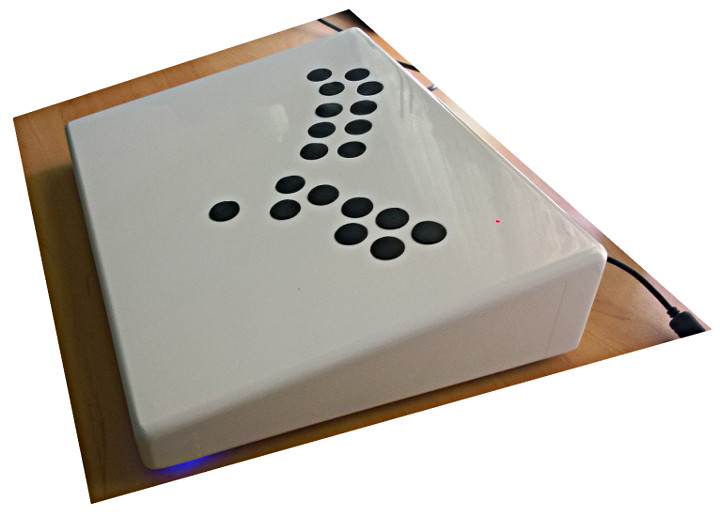
This video shows a great demo of this elegant machine in action
The project is open source. You can find the code in Djordje’s GitHub repository.
Koka Nikoladze came up with a creative solution to house his fragile prototype – electronics in a jar (not to be confused with Whiskey in a Jar)
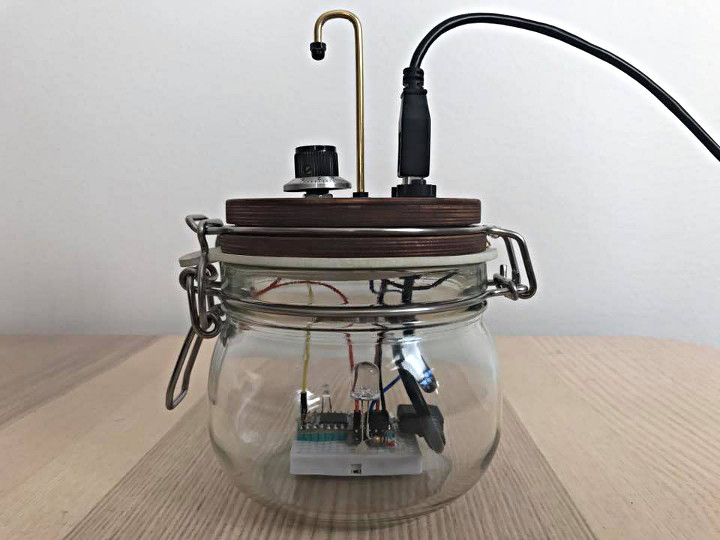
The project sends a midiNote 127 with the velocity 127 when you touch the metal pin by sensing capacitive touch. When the prototype was done on a solderless breadboard it was a bit fragile. Koka didn’t want to wait for a PCB to be made, so he spent $1.40 at IKEA on a jar. He drilled a few holes in the top and made a secure enclosure for his project.
Jean Peradel created his own touch screen coffee table using a flat screen TV, a CCD sensor from an old scanner, and IR LEDs. We love a good DIY project, and this one fits the bill.

The Hackaday.io project page for this is excellent. There is a good write up of how the project was developed and instructions on how to do it yourself, including the code that was used.
NeutronNed has developed a microphone module for Teensy – great for wearable sound reactive projects. You can buy it on Tindie for under $10. There is some great discussion over on the forum.
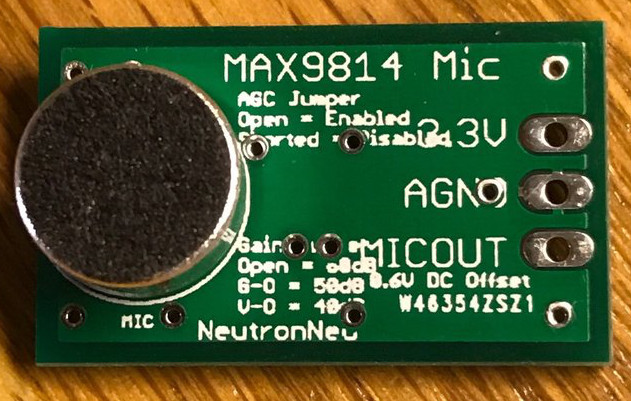
Here’s a nifty test video by forum user Potatotron
This module is designed for Teensy boards and has the proper signal voltages for use with the audio library. It uses the MAX9814 – a high quality, now noise, pre-amp chip. This module is designed to work directly with the Teensy analog inputs – you don’t need the audio shield to use this module.
If you are doing any project that requires a microphone and a Teensy, go buy this now.
Ranjit Bhatnagar created a stone sound sculpture that responds to the settling of its stones and the weather by playing sounds. This beautiful sculpture uses sensors for pressure, humidity, temperature, and barometric pressure to collect data and send it to a drone synthesizer, making the sculpture feel alive with sound.
Ranjit posted a bit of technical information on the project over on the forum.
This video is a walkthrough of the sculpture. You can hear the change in sounds the sculpture is generating while walking around it.
We published a video on with some tips on soldering header pins on to your Teensy board.
A couple of tips to remember when soldering header pins to your board:
1 – You MUST solder the pins. Setting the Teensy on the header pins without completing the soldering will not work.
2 – Use a breadboard to keep the pins straight and stable when soldering
3 – Leave the soldering iron on the pad for a moment after you solder. This will bring all the components – the pad, the header pin, and the solder up to the same temperature so they will cool together to form a proper molecular bond.
The team a Jen Lewin Studios created an amazing interactive LED art installation called The Pool that is best described as an environment of giant, concentric circles created from interactive pads.
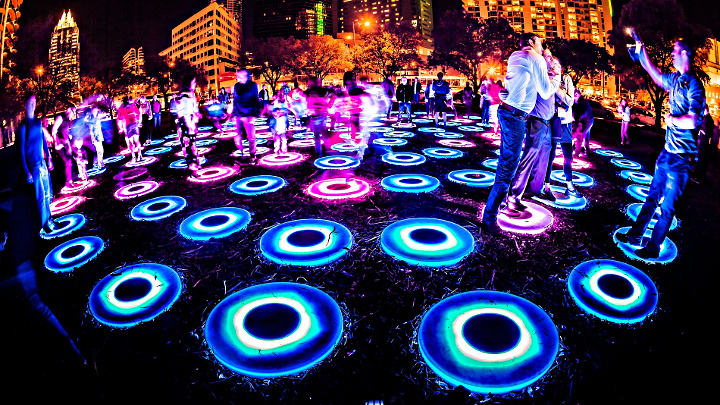
The Pool uses thousands of LEDs driven by Teensy boards to create pools of light you can run and jump and play in.
This video shows the beautiful interactive nature of The Pool and Jen Lewin talks about her inspiration for the installation.
Aidan Lawrence made a video game music player featuring the real Sega Genesis sound chips. If you’ve longed to hear retro video game music, this project is worth checking out.
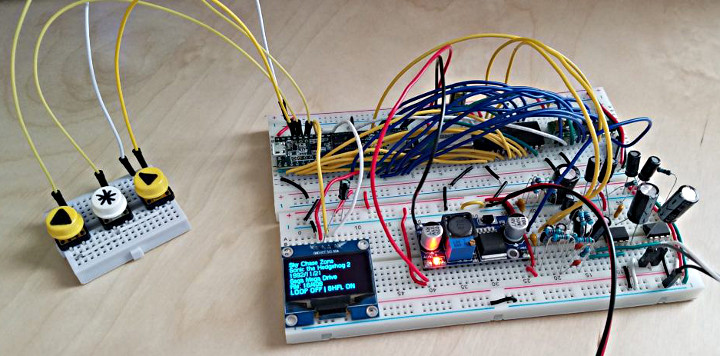
Aidan has published a great write up of of the project including the challenges he faced and discoveries he made along the way.
The schematics and code are published on Git Hub so you can build your own.
John Van Strien and team have created an interactive light and sound responsive sculpture called PETT Plant.
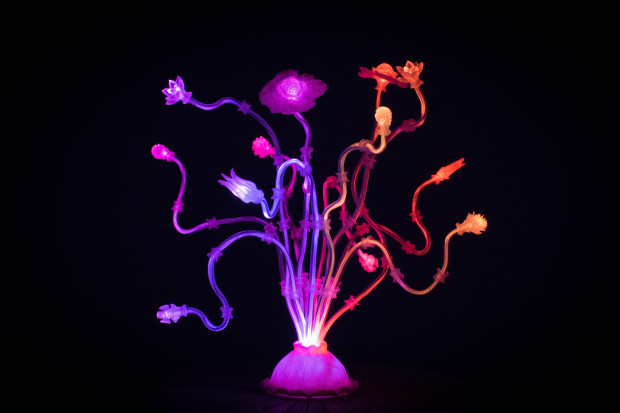
This beautiful work of art can be programmed custom animations from and Android app. It also has a sound responsive mode where the color of each stem modulates like a rainbow graphic equalizer.
PETT Plant also comes pre-programmed with several brainwave entrainment sequences. In entrainment mode, PETT Plant will pulsate at specific frequencies to help move you into brainwave states conducive to inducing sleep, meditation or increasing alertness.
This video shows the PETT Plant in action